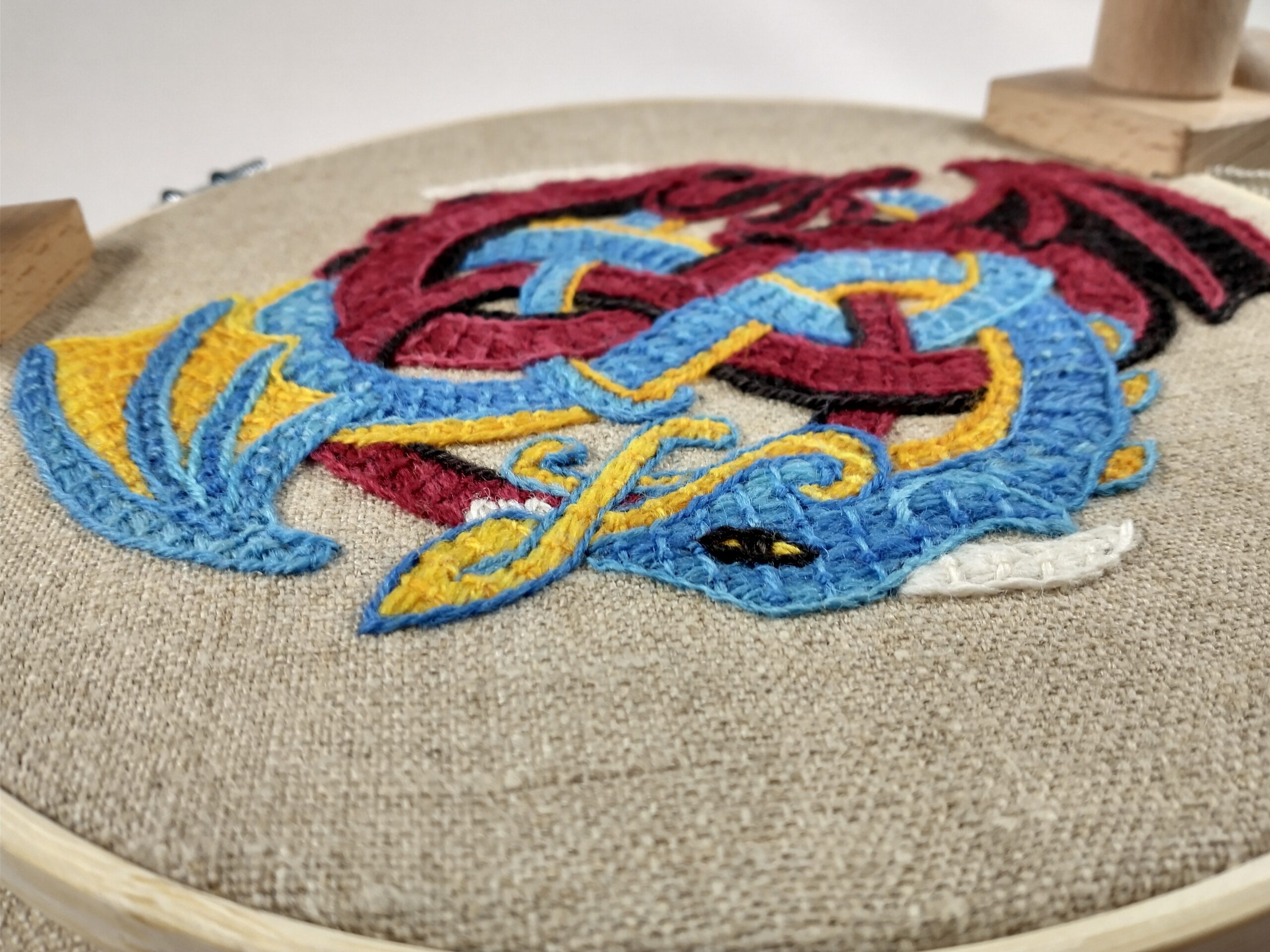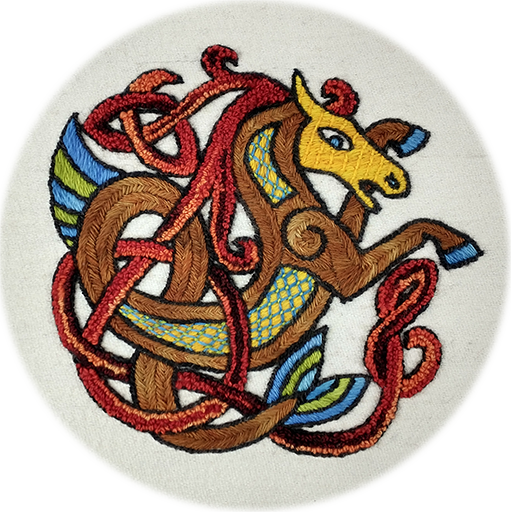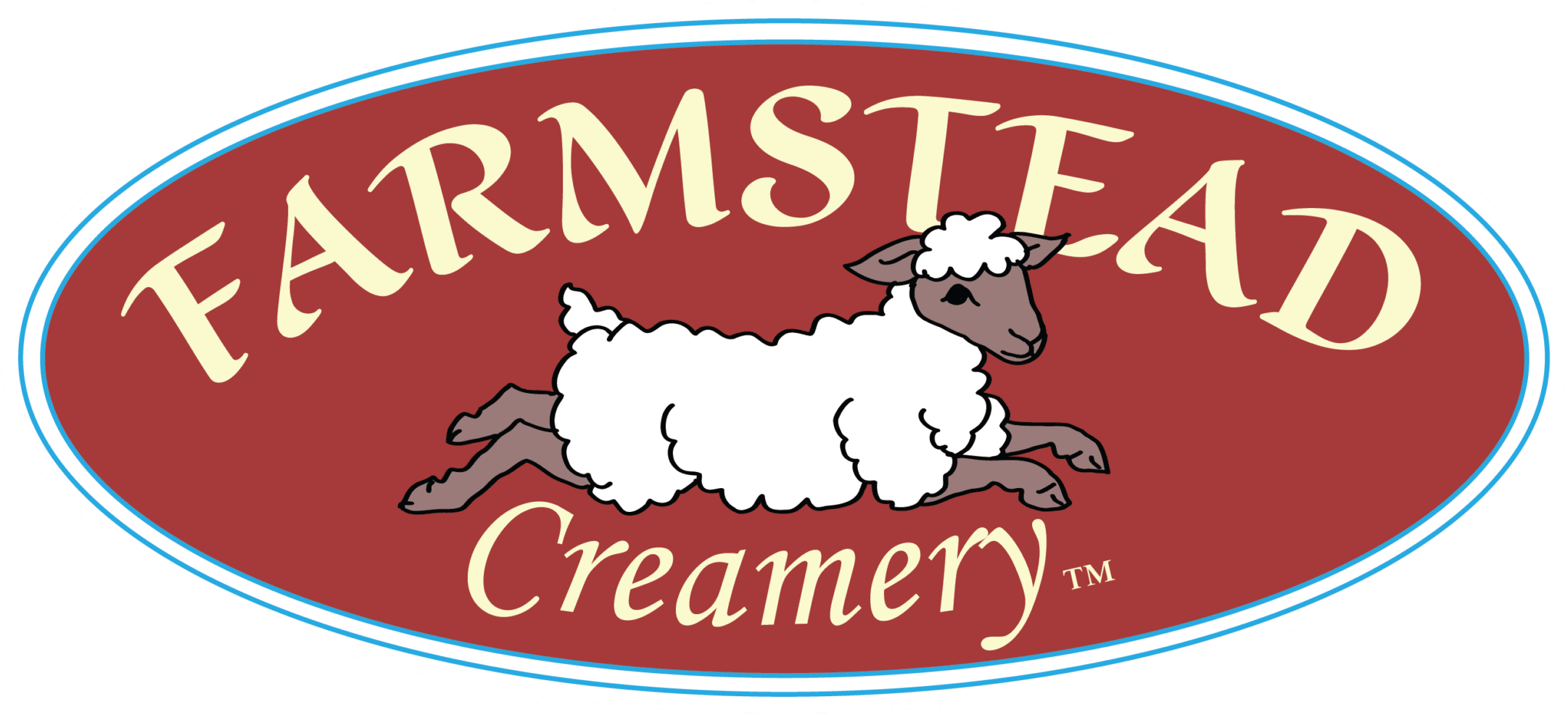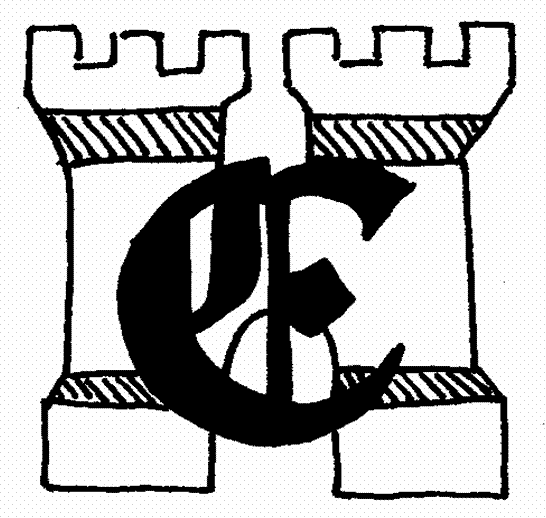Peeling Back the Layers

In the oldest stories from around the world (and in indigenous stories still today) animals are only as deep as their skin. Beneath that skin is a person—a sentient being like us. We get so trapped by what we can see on the outside, we sometimes forget how much we share beneath this superficial layer.
But layers can accumulate, building up to cloud the truth or appear as monsters. No creature calls itself a monster—we layer that on because of what we’ve heard, what we’ve been told. “Don’t trust that, it’s a monster.” Even the “it” is dehumanizing. “Don’t give it a chance—just kill it, and be done with the problem.”
Such is often the way in old stories with the many variants of dragons: wyrms/worms, lindworms, ling snakes, heath dragons, wyverns, drakes. The stories usually resort to killing the dragon.
But not all of them. These, I postulate, are older stories.
One that caught my eye recently is from Denmark, where the queen was desperate for a child. But years went by, and still she was barren. So, she sought council from an old healer woman, who told her to eat two onions, raw. It was a dreadful thing to do, but she managed. One she had skinned, and one she had not.
Nine months later, the queen gave birth to twins. One was a beautiful boy with shining, golden locks. The other was a lindworm, hideous and slithering. But she loved them both and raised them equally. Often, you could see the lads playing together in the courtyard of the castle. They grew and grew, the boy turning into a handsome, young man, while the lindworm grew bigger and bigger.
“I think it’s time for me to find a wife,” announced the man prince.
“Then I want one too!” cried the lindworm prince. As twins, they had always done everything together. So why shouldn’t the wyrm have a wife as well?
The man prince had many suitors, damsels fawning over his every word, but the lindworm saw the young ladies only scream and run from him. “I’ll never find a bride!” he wailed to his mother.
“Don’t worry, dear. We’ll find you one.”
But no matter who they summoned, the girl would just be terrified and run away.
“No one wants me…” lamented Prince Lindworm.
No princess would touch the overgrown serpent, and it was said that the prince demanded the damsels remove their clothes for him to inspect their bodies before deciding if he liked them. That didn’t help his reputation, either. The daughters of dukes and earls were requested, but none would have the lindworm, nor the daughters of even the lowest ranking nobles. Finally, they worked their way down to the shoemaker’s daughter, who had assisted the midwives at the prince’s birth. She agreed to come and meet him.
“Will you have me?” The snaking being coiled about her, hissing. “Take off your clothes!”
“Only if you will shed a layer of your skin!” she replied with great confidence. So, they each shed a layer, but the shoemaker’s daughter was clever and had arrived wearing every piece of clothing she owned—one stacked upon another.
“You still have more on! Take off your clothes!” demanded Prince Lindworm.
“Only if you’ll shed another layer of your skin!”
So, they both took off another piece of what they wore. On and on this went, layer after layer, until the final time, when Prince Lindworm shed his skin, he was no longer a serpent. Like the layers of the onion left unremoved, he too was a handsome man-prince, hidden underneath.
And it is said the pair were wed soon afterwards and lived happily in their deeper understanding of each other.
…
Taking the time to peel back the layers and look deeper at a story, at each other, at ourselves is vulnerable and it takes time. It asks for patience and trust and being unafraid to see what is beneath the masks we so often rely upon.
One of the masks we find is that often the dragon is a symbol for the raw power of nature or the Old Ways of nature-focused belief systems that later arriving religions and political regimes were eager to stamp out. “Don’t take time to get to know the dragon, just kill it and be done with it. Kill it and take the treasure for yourself.”
But you don’t grow that way. Prince Lindworm had a lot of healing to do, and hopefully the shoemaker’s daughter can help midwife him through that journey as well. It is difficult to overcome a deep sense of unlovability. But out of that misconception grows the roots of anger, jealousy, and violence. This is where the healing work is needed.
A different take on Beauty and the Beast? Perhaps. But also different. Here, the lindworm is not being punished by disfigurement for his unkind and selfish choices. He is simply born this way. Is that deserving of punishment? No, of course not, though we live in a world very happy to do that to anyone who looks, speaks, acts, or believes differently. We see the symptoms of the same problem every day.
In the world of screaming princesses, it is brave to be the shoemaker’s daughter, asking the lindworm to transform and rise out of his own self-loathing. She shows him that she sees him, not as he is on the outside, but as he is on the inside. “Shed another layer.” May we all become such a safe place for each other.



